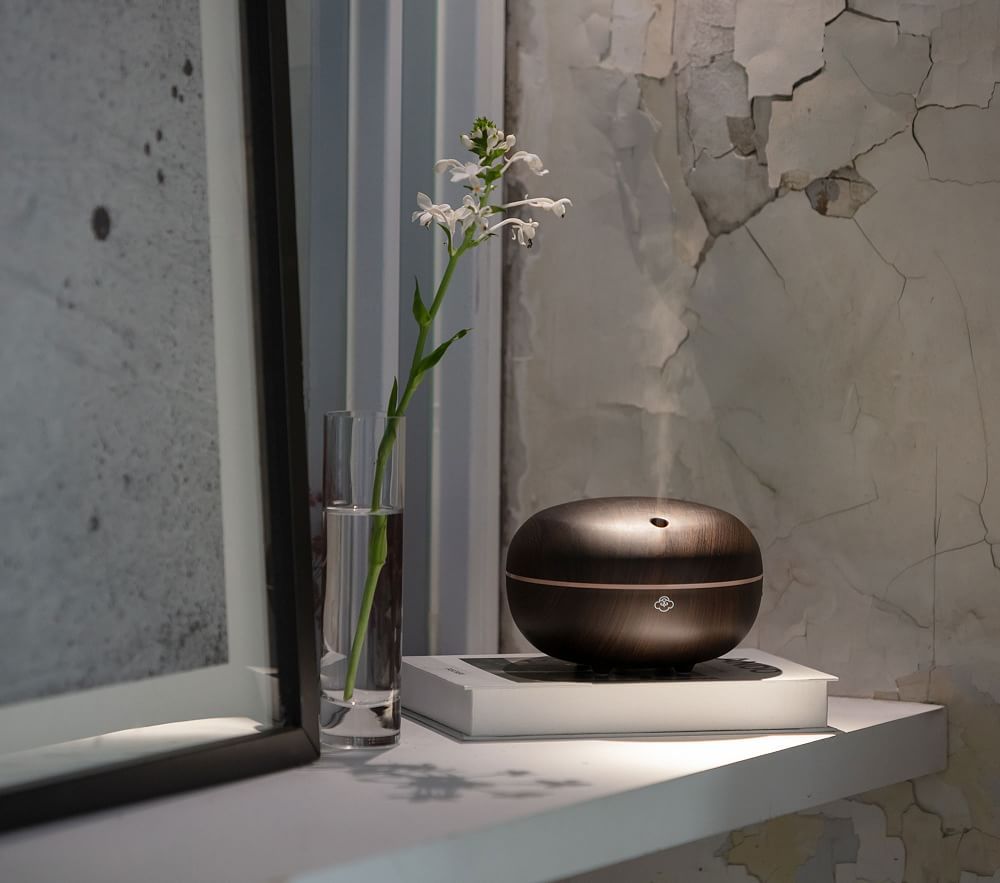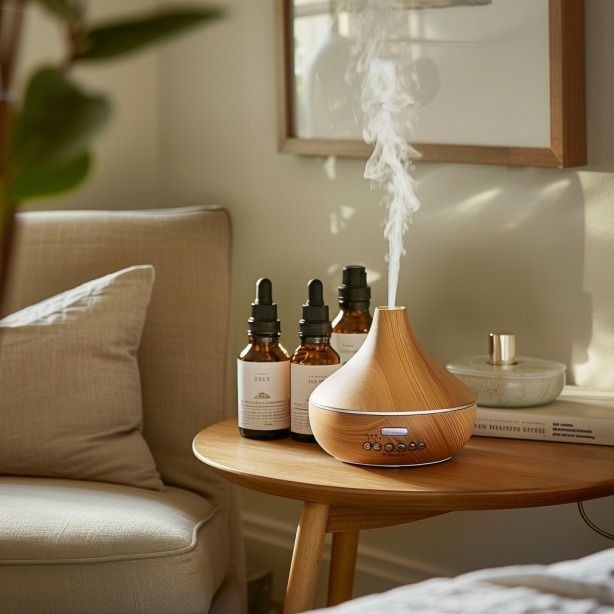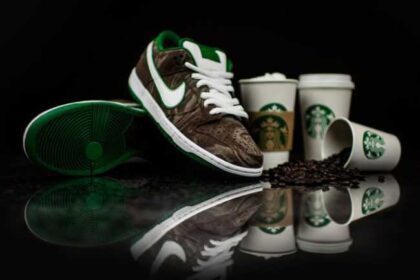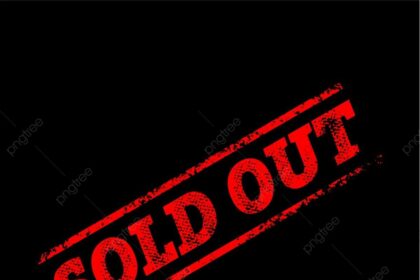Walk into an Abercrombie & Fitch, and you’ll notice the scent before the clothes. Step into a bakery, and the aroma of fresh bread may nudge you to buy more than planned. This is no accident. Retailers have long understood that smell our most primal sense can powerfully shape emotions and decisions. What’s emerging now is the science behind it. The secret science of store smells reveals how companies carefully design olfactory experiences to increase dwell time, influence buying choices, and even enhance brand identity.

Why Smell Is Retail’s Most Powerful Sense
Unlike sight or sound, scent bypasses the rational brain and connects directly with the limbic system, where memory and emotions live. Researchers at Rockefeller University estimate humans can recall smells with 65% accuracy after a year, compared to just 50% for visuals after three months. This makes scent an unparalleled tool for building lasting brand associations.
For example, luxury hotels like Westin use their signature “White Tea” fragrance not only in lobbies but also in candles and sprays sold to guests. By embedding scent into the brand experience, Westin ensures guests connect “relaxation and luxury” with their hotels long after checkout.
The Psychology of Scent Marketing
Scent marketing is more than spraying perfume in the air it’s about aligning fragrance with brand values and customer behavior. Studies published in the Journal of Retailing found that pleasant ambient scents increase shopping time by up to 20%.
- Emotional Influence: Warm scents like vanilla and cinnamon create comfort, while citrus notes signal cleanliness and freshness.
- Behavioral Nudges: A Nike study found consumers were 84% more likely to buy shoes in a scented store compared to an unscented one.
- Memory Anchoring: Smells can trigger nostalgia, making customers feel connected to a brand beyond logical reasoning.
Retailers now use “scent architects” to craft fragrances that subtly encourage behaviors like lingering in a furniture store or feeling energized in a sports shop.
Real-World Case Studies
1. Abercrombie & Fitch
Famous for blasting its signature cologne, “Fierce,” across stores, Abercrombie used scent as a brand-defining strategy. While polarizing, it created instant recognition.
2. Starbucks
The company banned warming sandwiches in early stores because food smells overpowered the aroma of coffee. Starbucks wanted to preserve its coffee-first scent signature.
3. Singapore Airlines
Its unique “Stefan Floridian Waters” fragrance has been infused into hot towels and crew uniforms for decades, reinforcing a consistent sensory brand identity.

Conclusion: Sniffing Out Retail’s Next Advantage
The science of store smells shows us that scent is no longer an afterthought it’s a strategic business tool. From supermarkets pumping fresh bread aromas to luxury brands selling signature candles, the art of scent marketing is shaping modern retail. The next time you step into a store and feel strangely compelled to linger or buy, remember: your nose may already be doing the shopping.






